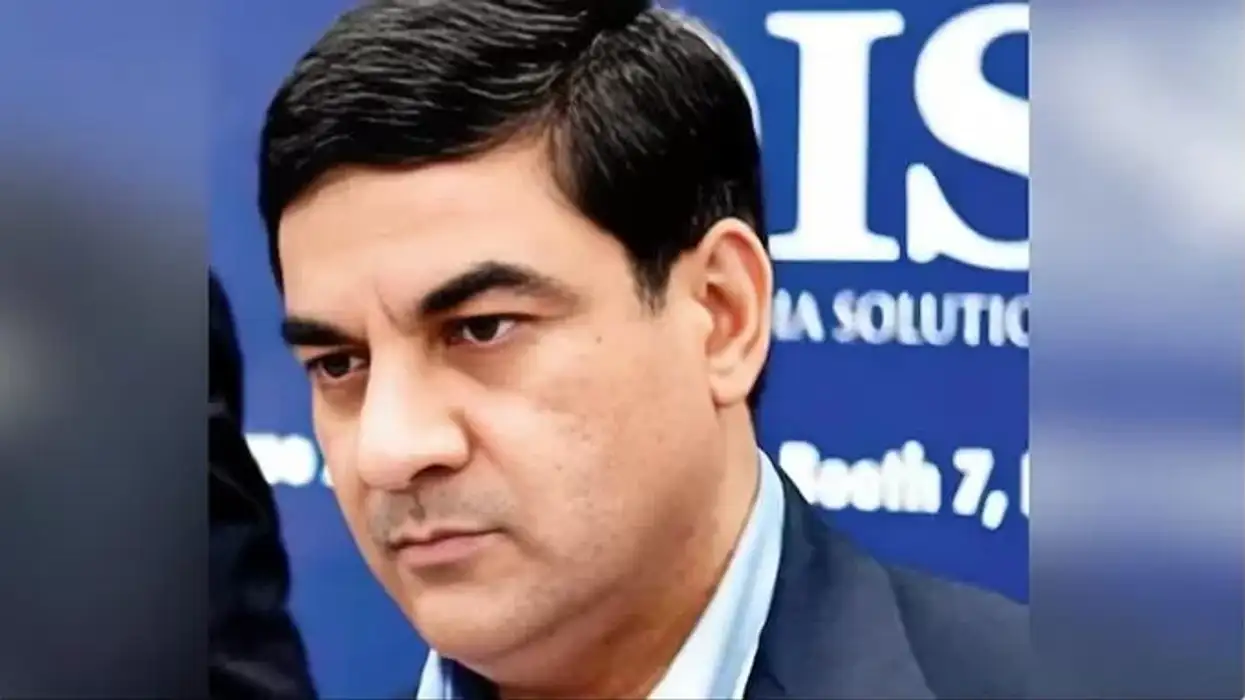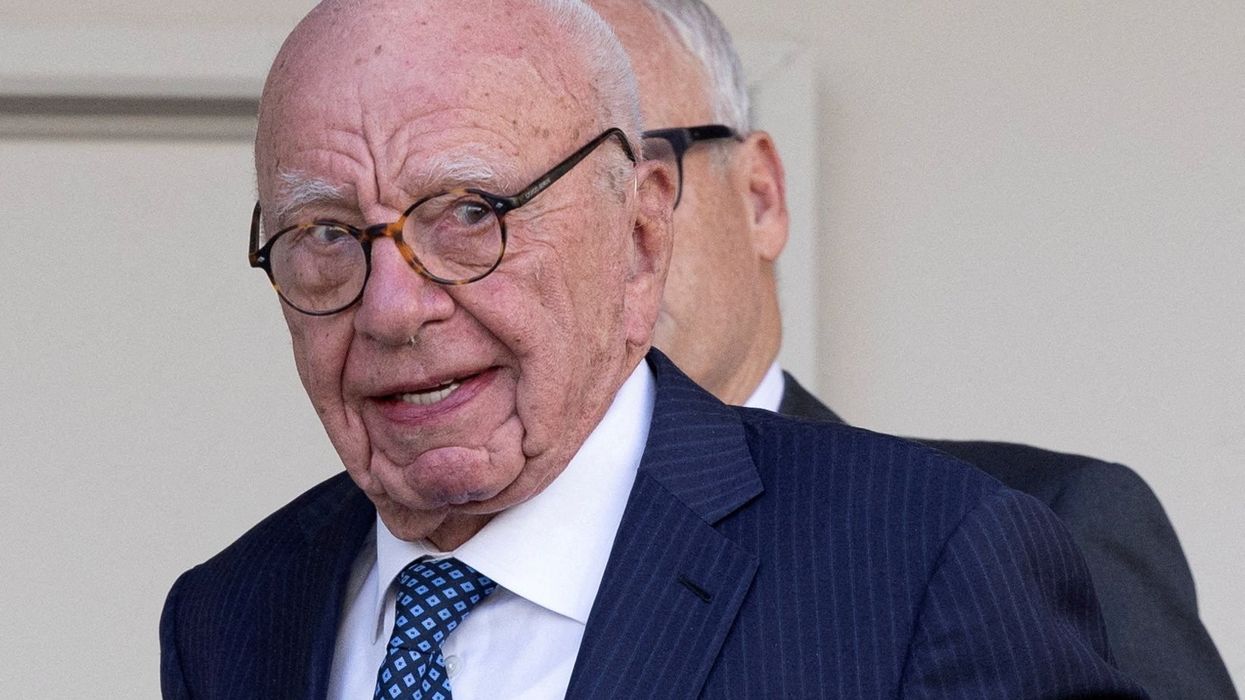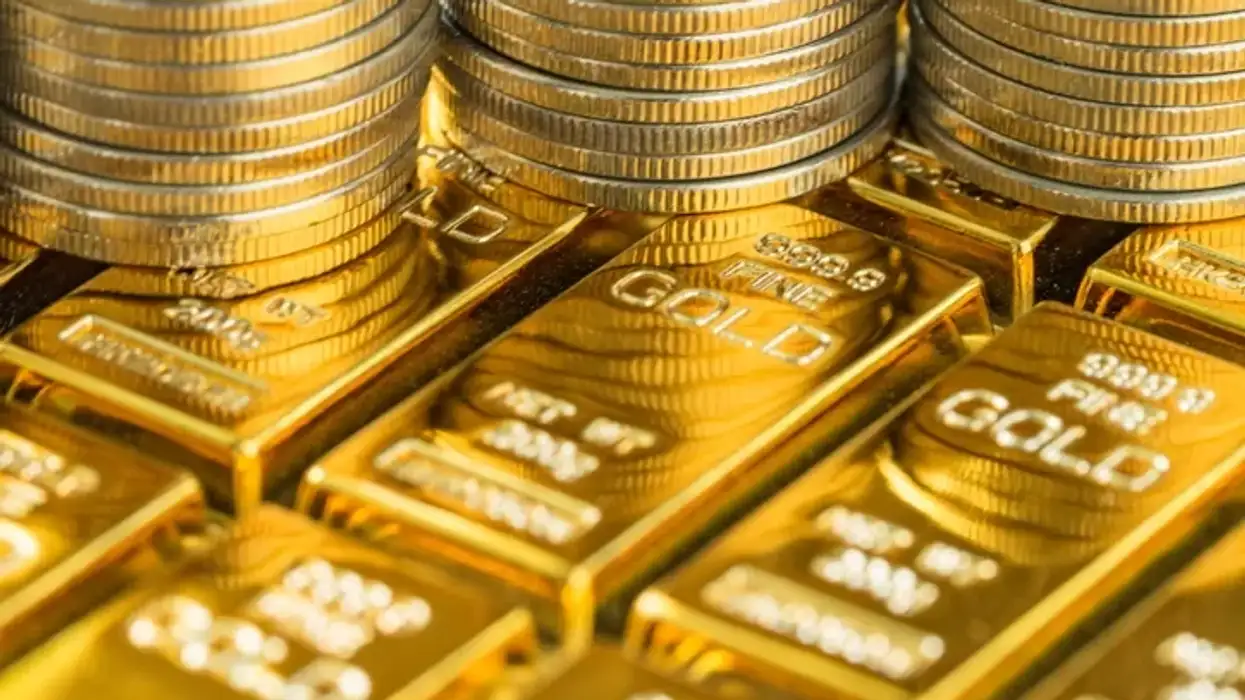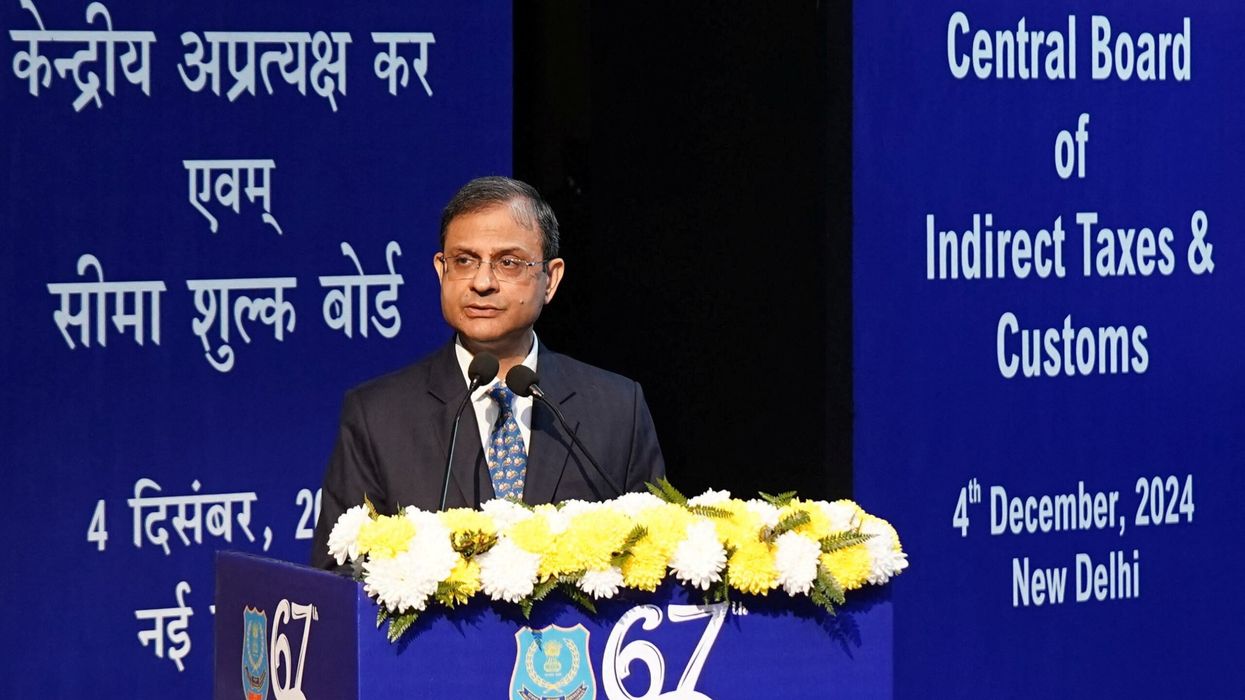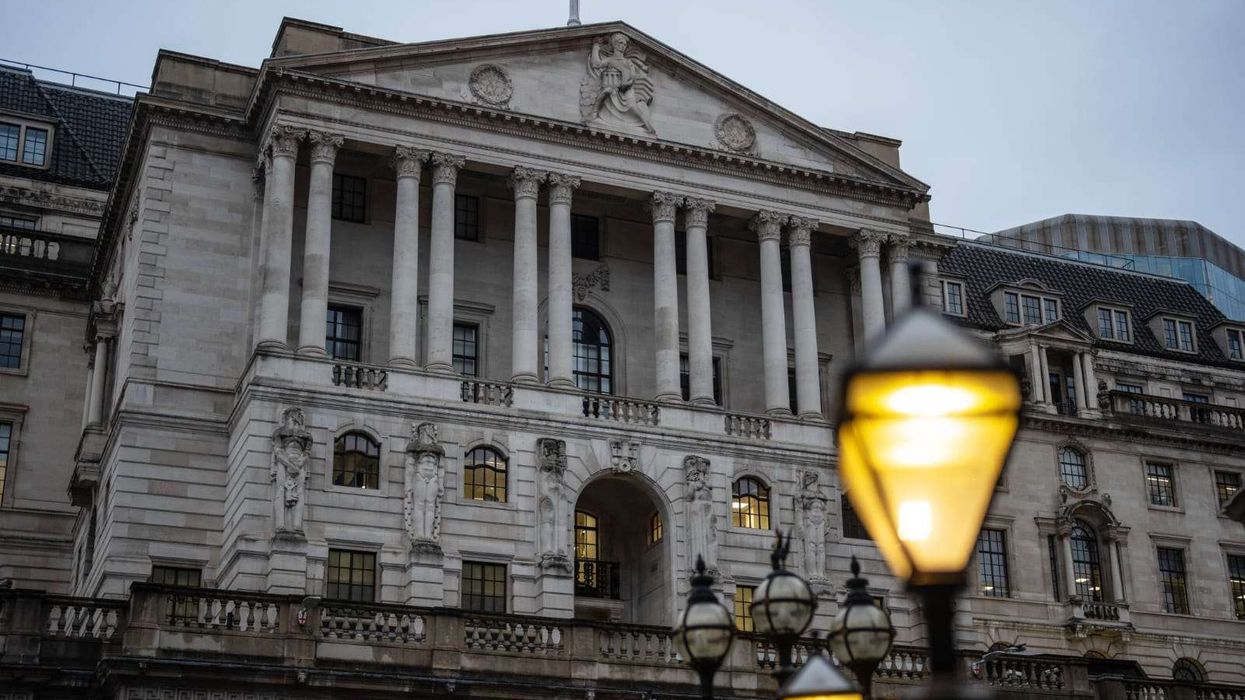CAIRN OIL & GAS, a vertical of mining billionaire Anil Agarwal-owned Vedanta Ltd, has stopped paying for its share of royalty on oil produced from its Rajasthan block in India following differences with partner ONGC on cost recovery.
As much as $400 million of royalty dues since July 2017 have not been paid to India’s state-owned Oil and Natural Gas Corp (ONGC), sources in know of the development said.
ONGC is the licensee of the Barmer block in Rajasthan, home to India's biggest onland oil discovery to date, and is responsible for payment of royalty at the rate of 20 per cent of the oil price on the entire output from the field irrespective of its stake.
However in 2011, when ONGC gave its nod to Cairn being taken over by Vedanta, it was agreed that the two partners would pay for royalty in proportion to their share -- so Cairn was to pay for royalty on its 70 per cent share of oil and ONGC on 30 per cent.
This was to be done by way of reimbursement- ONGC would initially pay royalty on 100 per cent of the oil produced and Cairn would reimburse it for 70 per cent soon after.
Sources said this reimbursement stopped in July 2017 with only sporadic payments coming in some months.
Reached for comments through a detailed questionnaire, a Cairn spokesperson said: "The suggestion that Cairn has outstanding dues towards the joint venture partner is incorrect", without elaborating.
ONGC officials confirmed a dispute between the partners and problems in receiving royalty reimbursements from Cairn.
Sources said the royalty reimbursement stopped followed dispute over recovery of exploration cost. The government had a few years back allowed exploration for oil and gas within an area that already has an oil or gas discovery and has been earmarked as production area.
The exploration cost so incurred was allowed to be deducted as expense from revenue earned from sale of oil. Profit earned after allowing for such exploration and development expense was to be shared with the partners and the government.
However, ONGC disputed some of the exploration expense incurred by Cairn and did not agree to them being cost recovered. Cairn initiated an arbitration against ONGC to resolve the issue, they said.
The company spokesperson, without directly saying an arbitration has been initiated, said: "An operation of this scale and complexity, as a matter of course has varied perspectives among different stakeholders. The Production Sharing Contract (PSC) provides several mechanisms to resolve such routine issues, which are regularly pursued by the parties involved to make sure we all keep moving forward in the interest of the nation."
Sources said the genus of the dispute is the exploration cost incurred within the producing area in the Rajasthan block.
The Rajasthan block was in the early 1990s awarded to Royal Dutch Shell. Shell held 100 per cent interest in the block and ONGC, as per the contract, was made the licensee and given rights to back-in or take 30 per cent stake in any oil or gas discovery made in the future.
The idea was that the exploration risk is taken by the private firm. The state-owned company was not supposed to pay for the exploration risk.
Shell did not find any hydrocarbon in the block and sold it to British explorer Cairn Energy plc a few years later. Cairn discovered the biggest onland oil field in the block, which was put to production a decade back.
In 2011, Vedanta bought out Cairn's India operations, including the Rajasthan block.
The permission of ONGC, being the licensee of the block, was prerequisite for such transfer and the state-owned firm gave its nod subject to Cairn paying for royalty on its share of oil.
Sources said after the government allowed for exploration within a development area, Cairn spent money on finding newer oil and gas deposits and even drilled some wells.
But since contractually ONGC is not supposed to pay for exploration risk, disputes over certain costs incurred by Cairn arose, the sources said, adding the differences typically were about the value of tender and the actual award and inclusion of some past cost as exploration expense.
"The ONGC - Cairn JV in Rajasthan has produced more than 500 million barrels over the last 10 years and today contributes to more than 20 per cent of India's domestic production.
The JV has had several remarkable achievements that include world class facilities in the middle of the desert, the world's longest continuously heated and insulated pipeline, and one of the world's biggest polymer projects for Enhanced Oil Recovery (EOR).
"We are now coming up with the flagship Alkali Surfactant Polymer (ASP) project, which will be a first of its kind," the Cairn spokesperson said in an e-mail response.
(PTI)
